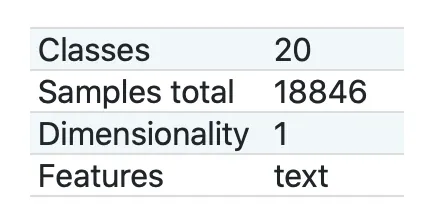In the context of Supervised Learning (Classification), Naive Bayes or rather Bayesian Learning acts as a gold standard for evaluating other learning algorithms along with acting as a powerful probabilistic modelling technique.
In this post, we are going to discuss the workings of Naive Bayes classifier implementationally with Python by applying it to a real world dataset.
The post is divided more broadly into the following parts:
- Data Preprocessing
- Training the model
- Predicting the results
- Checking the performance of the model
The above parts can be further divided as follows:
- Importing the libraries
- Importing the dataset
- Splitting the dataset into the training set and testing set
- Feature Scaling
→ Training the model
- Training the Naive Bayes model on the training set
→ Predicting the results
- Predicting the test set results
→ Checking the performance of the model
- Making the Confusion Matrix
→ Visualisation
- Visualising the Confusion Matrix
#towards-data-science #python #machine-learning #data-science #computer-science

1.10 GEEK